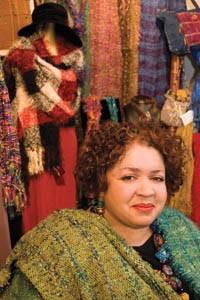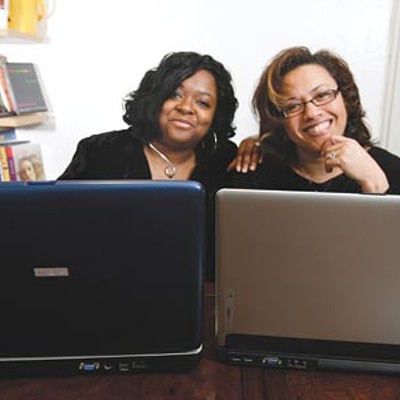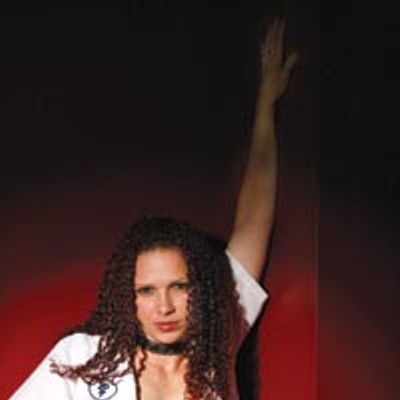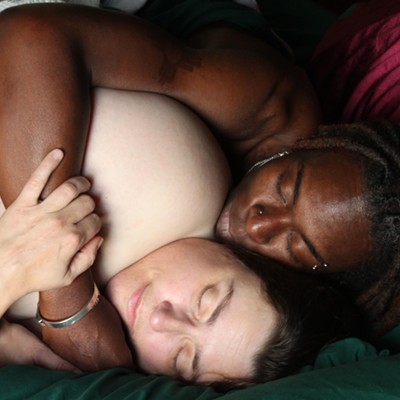LaVerne Kemp's fingers never stop making something: shawls, wall-sized art and quilts, shadowboxes adorned with junked buttons and photographs ... even hats woven from hair extensions. And when the Wilkinsburg-based weaver and artist isn't making goods to sell or exhibit, she's teaching others the joys of arts and crafts. At the Feb. 9 Pittsburgh Knit and Crochet Festival (held at the Crowne Plaza Hotel in Bethel Park) Kemp will lead a needle-felting class, constructing little women from yarn and scraps. It will be homage, she says, "to the women who made a difference in our lives."
It's great to see someone make a career out of being creative.
I used to do a little social work, and I would always incorporate my art into working with the kids. About 10 years ago, I decided that this talent is what God gave me to work with, and I was tired of working for people. So me and God had a talk, and I said, "OK, I'm leaving here." And he said, "OK, I gonna help you" -- and laid me off.
About four years ago, I got accepted into the Pittsburgh Center for the Arts residency program, and now I go into the schools. I teach from pre-school all the way up to seniors.
I loved arts-and-crafts in school, making things out of scraps. Are today's kids still into that?
What's good about working with the kids is you can get rid of your extra stuff. Sometimes I'll take bags of junk jewelry in, and let the kids sort it. They'll be like, "Look at all this bling-bling!" They're grabbin' it like it's diamonds and gold.
This is art, I tell them -- so there are no mistakes. That makes them feels good, too. There's an old Southern tradition with quilters that your work is not supposed to be perfect, because only God is perfect. But I'll show them how to do some strategic placement of a button, and nobody will notice the mistake.
You studied weaving in college, but how much of your craft has been learned on the fly?
Maybe half of it. Every time I do something, it's a learning project. At flea markets and estate sales, if I see a woven piece, I gotta buy it. So I have some interesting pieces of fabric that I've collected. I'm always interested in other cultures and how they do what they do with fiber and fabrics.
I tell the kids -- there's weaving in the Bible; those people couldn't go to JoAnn Fabrics. They'd tackle that sheep: "Come here, sheep! Give me that wool!"
I take in natural wool, with all the things in it before it's cleaned, and show them: "This is how it came from a sheep." And they'll say, "Eww, this stinks!" Well, it's an animal; it's going to smell.
Is there less shrieking when you teach adults?
I recently worked with a group of immigrants through a literacy group in Whitehall. I did a needle-felting program with them, and most of them couldn't speak English. All you could hear was: pokepokepoke [of the needle]. There were women from everywhere -- different parts of Africa, Turkey, China. But you know, they were teaching me things, like I learned how to tweeze my eyebrows with a piece of string. There were some who did real fine needlework; they would bring their work in to show you, so we all learned something.
I've reached a point in my life where I want to be able to do this work for somebody besides myself. I want to be able to help somebody else, share a little bit more. I think about teaching a class: Weaving for Dummies, or Weaving for Poor People. You know, when I was raising a son all those years, I couldn't go out and buy what I needed. People say: "How do you put your things together?" If you only knew the things I do for a project -- I'll use anything, and make it work.















